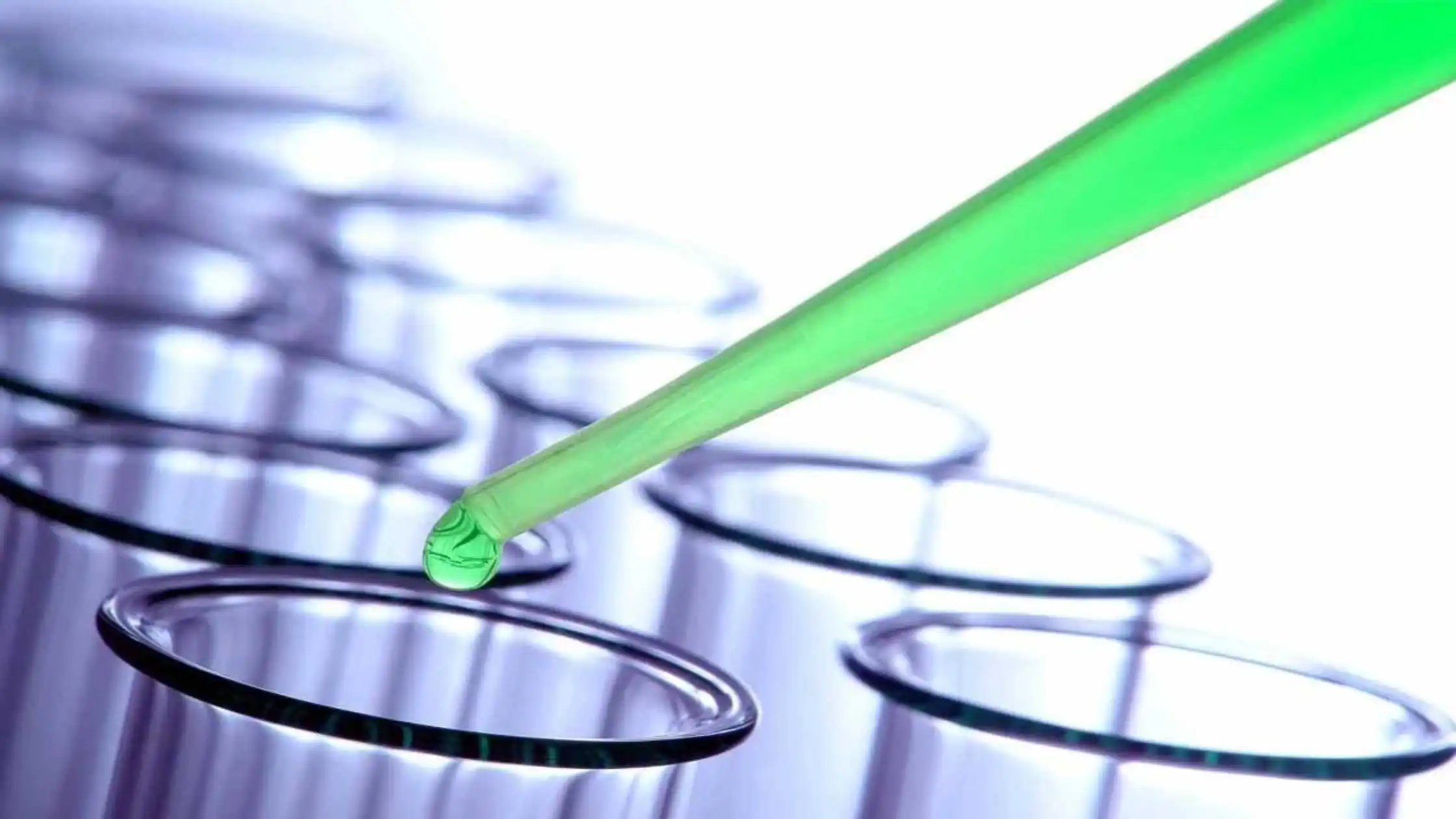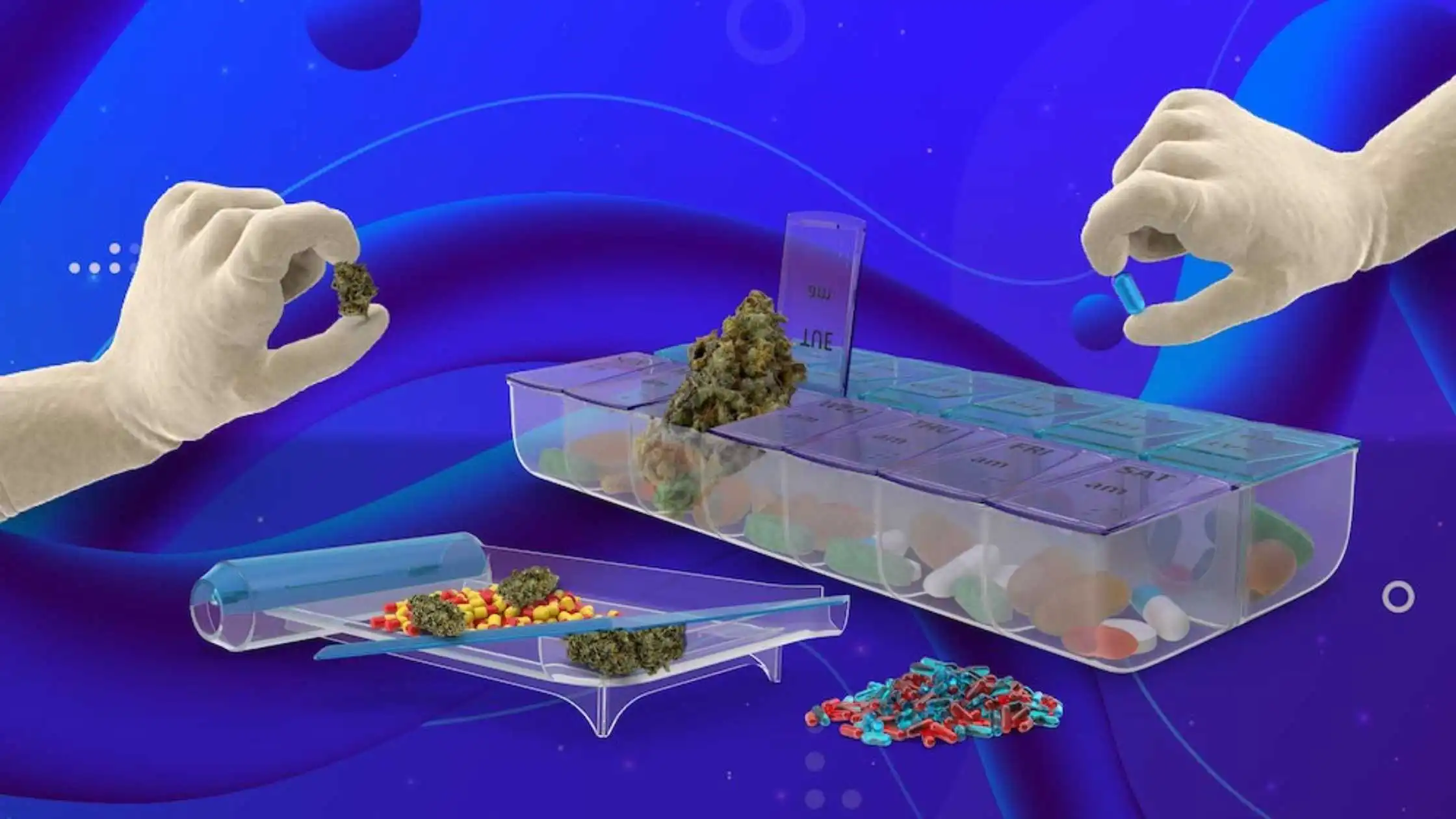Marijuana testing and quality control is no simple feat.
Consider the plant itself: Cannabis contains a super sticky, resin lipid that is harder to work with than coffee, tobacco, and most other natural products, said David Vaillancourt, CEO of the GMP Collective consulting firm in Colorado.
“Separating the cannabinoids to just look at pesticides is so much more complicated because we have to get rid of (the sticky resin) to separate that out and not lose the pesticides that we want to look for,” he explained.
Then there is the fact that a flower at the top of a plant has higher THC levels than a flower closer to the roots.
But there are ways to distinguish samples for better accuracy, Vaillancourt said.
“You can separate batches into top, middle, and bottom thirds of the plant. And then you make sure you’re mixing it up and grabbing a representative sample, not cherry-picking. You have to have a method, a protocol to get the average and make sure it’s representative,” Vaillancourt explained. He noted that the ASTM International Committee D37 on Cannabis published a standard method for this procedure, ASTM DD334.
Measured variety
Even under the best circumstances, it is impossible that all batches of flowers, edibles, etc., test the same at different labs or that the milligrams of THC on a label will match what’s inside to the nearest thousandth. And that’s OK.
Other industries also allot for measurement variations, provided they’re reasonable, Vaillancourt noted. He said in pharmaceuticals, range tolerances of 2% and 5% are common. For example, an ibuprofen tablet labeled as having 400 milligrams might have 397 milligrams.
“We’ve identified what that reasonableness is,” Vaillancourt said. “Ranges are your best friend.”
NEW MJBiz Factbook: Preorder Today!
Informed decision-making is essential for success in the cannabis industry. Get the facts and analysis you need in the 2022 MJBiz Factbook, curated by the editors of MJBizDaily.
Why Preorder?
- You’ll be the first to get the latest data delivered to your inbox when the new edition releases on April 11.
- BONUS OFFER: Get the 2021 MJBiz Factbook right now, for free.
Many products, many locations
The sheer number of cannabis products and inputs makes implementing standards difficult.
In the product realm, there is not only flower but also a large variety of concentrates, edibles, and beverages containing inputs that interact differently with cannabinoids, as well as a wide variety of topicals, tinctures, suppositories, and other products.
“For every different product type, you need different (testing) methods,” Vaillancourt said. “For as many new and creative products that the industry is trying to come up with, we will likely need a unique method to some degree for each one.”
Kate Rimmer, a research chemist at the Maryland-based National Institute of Standards and Technology (NIST), noted that it is common for states to have different standards for different products.
“For example, different states have different regulations about the pesticides that can be in foods. We try to provide the tools that encompass all of the regulations that we can,” Rimmer said.
Change approach
While harmonizing standards will advance quality control, it will also be important for the industry to rethink how it approaches testing more generally, Vaillancourt said.
“Part of the issue is that we take this ass-backward approach. … In the food or pharmaceutical industry, we say: What are you putting in your product?” Vaillancourt said. “Then we test for it.”
For that approach to effectively function, Vaillancourt said, regulators would need to require that cannabis businesses maintain a list of all ingredients and raw materials—as well as their origins.
Vaillancourt said such a tracking system might have prevented the 2019 vape crisis.
“No state was saying, ‘Test for vitamin E acetate.’ That wasn’t a risk factor that anybody identified. So it wasn’t that people were hiding things. We just didn’t think to test for it,” Vaillancourt explained. “That’s how we ended up with a big crisis.”





